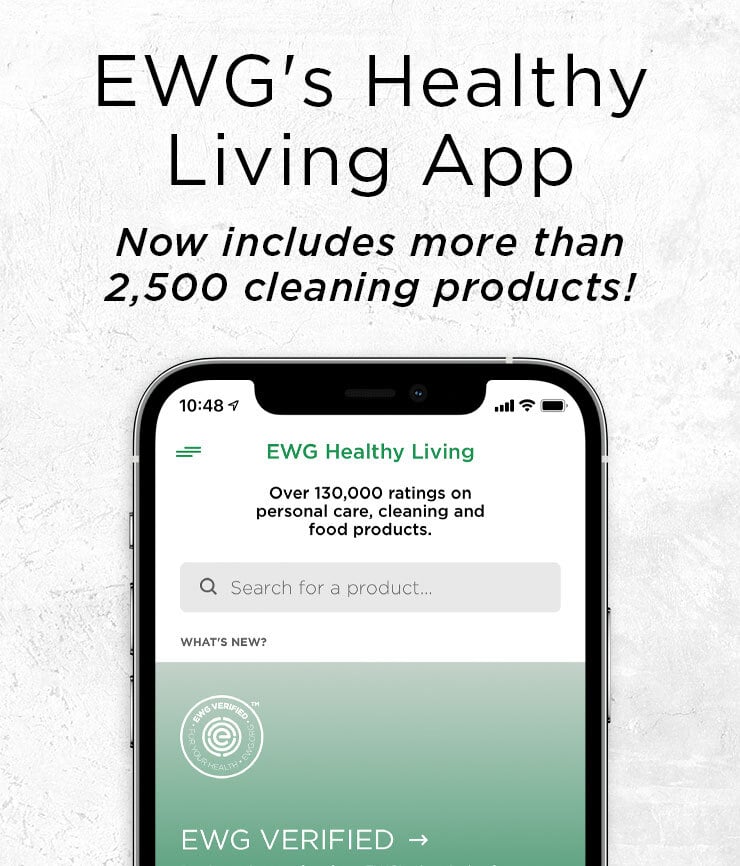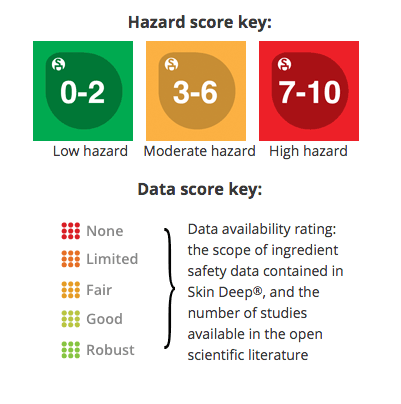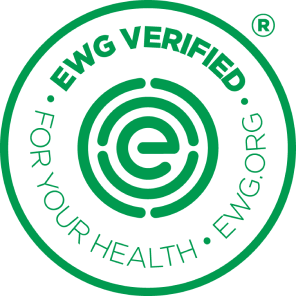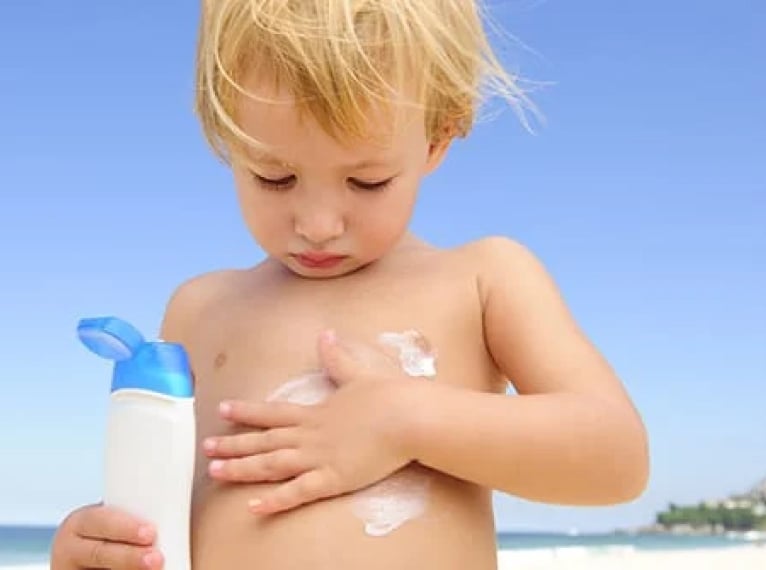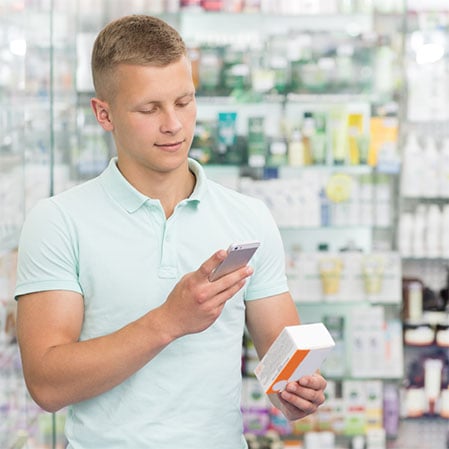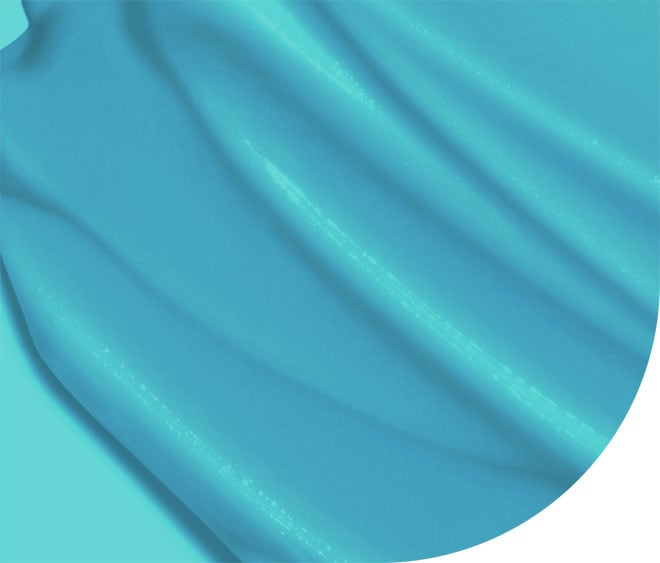
HOME / recreational sunscreens / beach & sport sunscreen

CVS Health Oil Free Sunscreen Stick, SPF 30
CVS Health Oil Free Sunscreen Stick, SPF 30

WHERE TO BUY
Health Concerns
-
MODERATECancer
-
HIGHAllergies & Immunotoxicity
-
HIGHDevelopmental and Reproductive Toxicity
-
HIGHUse Restrictions
Efficacy Concerns
-
Caution We have flagged this product with 3 concerns Contains retinyl palmitate, which may damage sun-exposed skin. Read more
Sunscreens can break down while still in the bottle. To be safe dispose of products when the mixture clumps or separates.
This product contains chemical active ingredient(s) that the FDA does not have enough health safety data to classify as safe and effective: AVOBENZONE , HOMOSALATE, OCTINOXATE, OCTISALATE. This product should not be used on kids younger than 3 years old.
-
moderateUVA/UVB Balance
Ingredient Scores
Ingredients are scored based on their formulation and concentration in this product. Click on an ingredient for more information.

|
AVOBENZONE active ingredient 2%
Data Availability: Fair
|


|
||||
|
||||||

|
HOMOSALATE active ingredient 15%
Data Availability: Good
|


|
||||
|
||||||

|
OCTINOXATE active ingredient 7.5%
Data Availability: Fair
|


|
||||
|
||||||

|
OCTISALATE active ingredient 5%
Data Availability: Fair
|


|
||||
|
||||||

|
PARAFFIN
Data Availability: Limited
|


|
||||
|
||||||

|
C12-15 ALKYL BENZOATE
Data Availability: Limited
|


|
||||
|
||||||

|
OZOKERITE
Data Availability: Limited
|


|
||||
|
||||||

|
BUTYLOCTYL SALICYLATE
Data Availability: Limited
|


|
||||
|
||||||

|
NEOPENTYL GLYCOL DIETHYLHEXANOATE
Data Availability: None
|


|
||||
|
||||||

|
EUPHORBIA CERIFERA (CANDELILLA) WAX
Data Availability: Limited
|


|
||||
|
||||||

|
BEESWAX
Data Availability: Limited
|


|
||||
|
||||||

|
CYCLOPENTASILOXANE
Data Availability: Fair
|


|
||||
|
||||||

|
POLYETHYLENE
Data Availability: Good
|


|
||||
|
||||||

|
CETYL ALCOHOL
Data Availability: Fair
|


|
||||
|
||||||

|
POLYSILICONE-11
Data Availability: None
|


|
||||
|
||||||

|
DIMETHICONE
Data Availability: Fair
|


|
||||
|
||||||

|
TOCOPHERYL ACETATE
Data Availability: Limited
|


|
||||
|
||||||

|
ASCORBYL PALMITATE (VITAMIN C PALMITATE)
Data Availability: Fair
|


|
||||
|
||||||

|
RETINYL PALMITATE (VITAMIN A PALMITATE)
Data Availability: Fair
|


|
||||
|
||||||

|
BHT
Data Availability: Limited
|


|
||||
|
||||||

|
NEOPENTYL GLYCOL DIISOSTEARATE
Data Availability: None
|


|
||||
|
||||||

|
PROPYLPARABEN
Data Availability: Robust
|


|
||||
|
||||||

|
FRAGRANCE
Data Availability: Fair
|


|
||||
|
||||||
Ingredients from label
Active Ingredients: Avobenzone 2.0%, Homosalate 15.0%, Octinoxate 7.5%, Octisalate 5.0%; Inactive Ingredients: Paraffin, C12-15 Alkyl Benzoate, Ozokerite, Butyloctyl Salicylate, Neopentyl Glycol Diethylhexanoate, Candelilla (Euphorbia Cerifera) Wax, Beeswax, Cyclopentasiloxane, Polyethylene, Cetyl Alcohol, Polysilicone-11, Dimethicone, Tocopheryl Acetate, Ascorbyl Palmitate, Retinyl Palmitate, BHT, Neopentyl Glycol Diisostearate, Propylparaben, Fragrance

